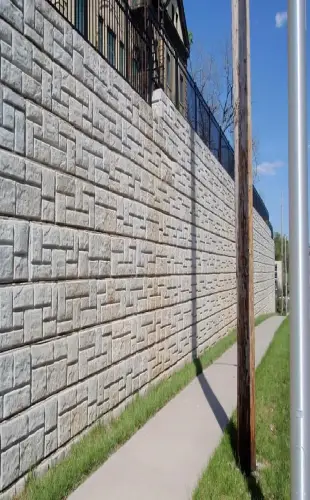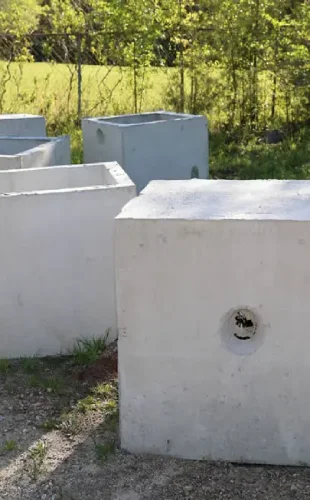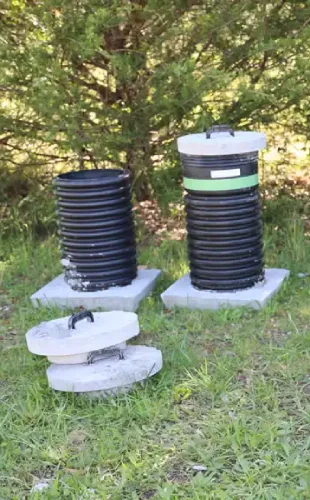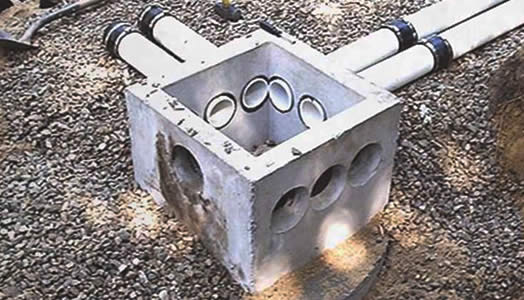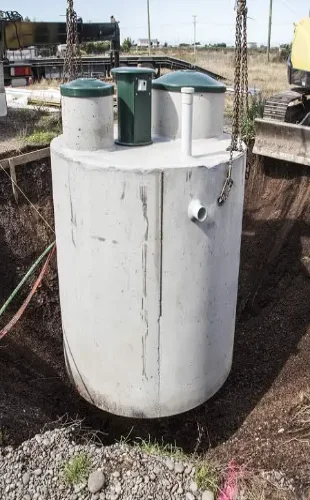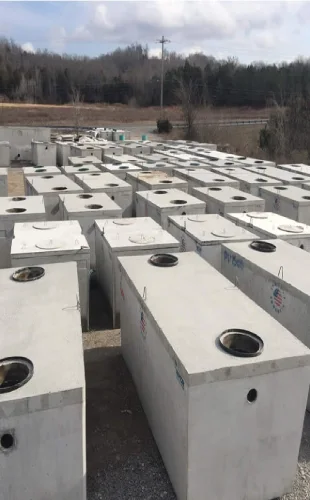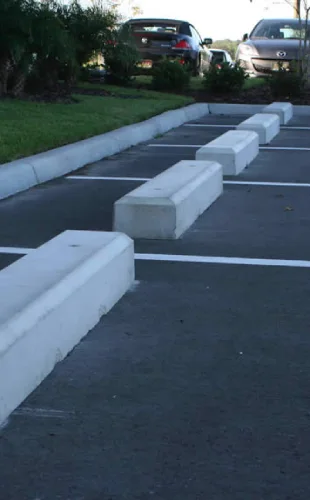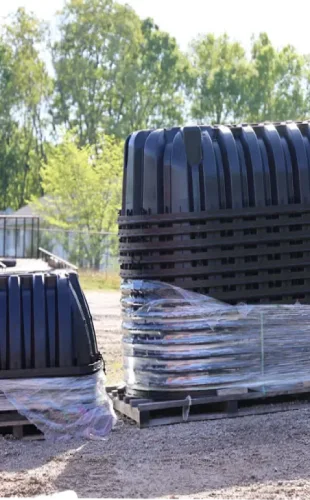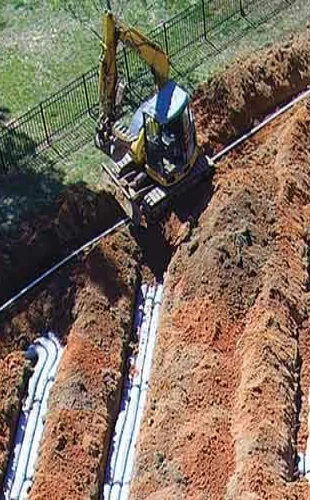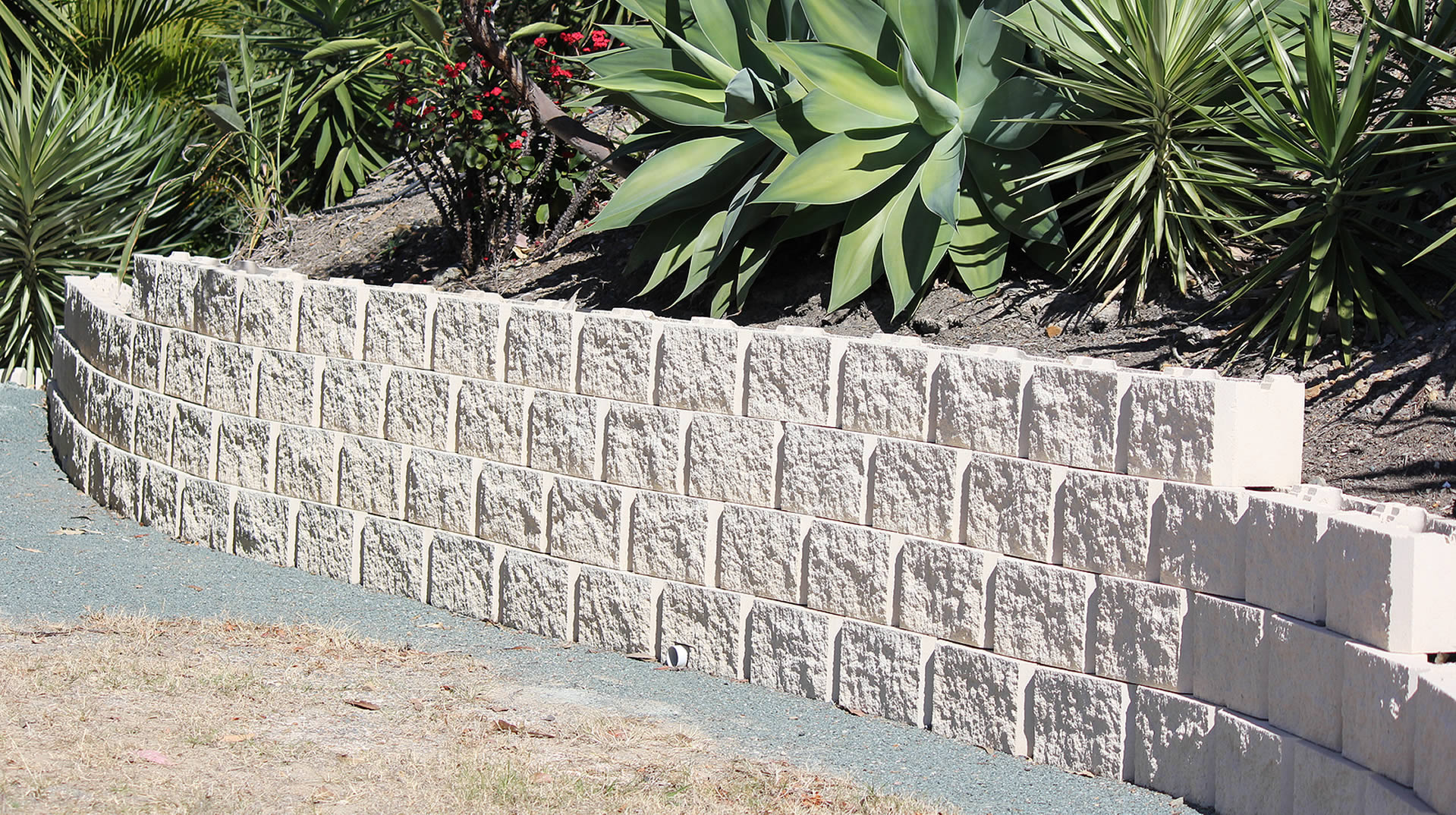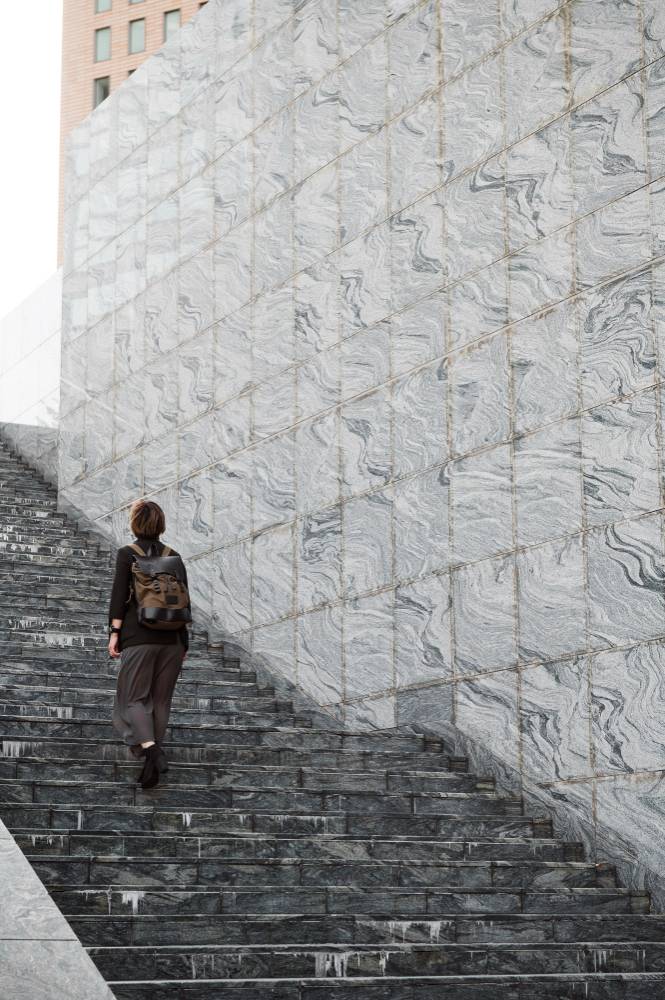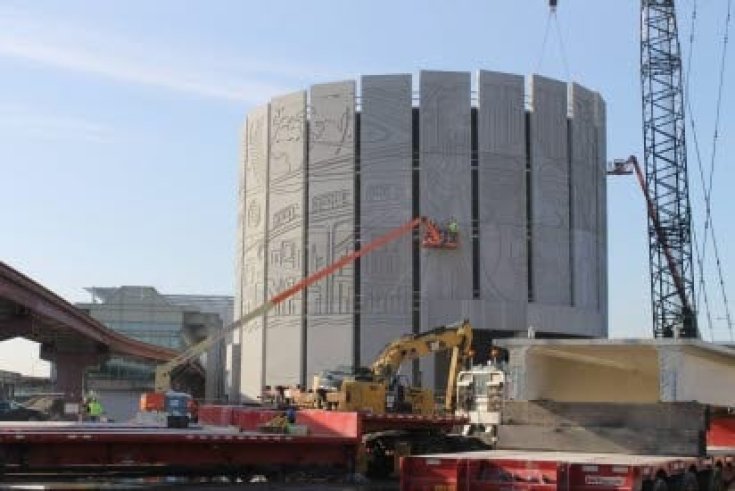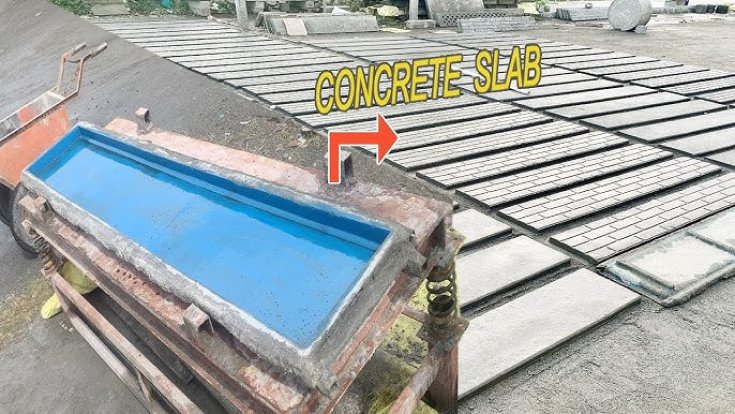Determining the Right Height
The height of a retaining wall is determined by several design considerations that influence its stability and effectiveness. First, the purpose of the wall must be clear. Are you retaining soil for a residential landscape, or are you constructing a wall to hold back large volumes of earth on a commercial property? The intended use will dictate the initial parameters for height. Another factor is the type of soil behind the wall. Different soils exert varying levels of pressure on the structure, which can affect how high the wall can safely be built. For example, sandy soils drain well but may not provide as much resistance to sliding as clay soils, which are denser but retain water. The wall's design must also incorporate drainage solutions to prevent water buildup behind the structure. Water adds extra weight and pressure, which can cause the wall to fail if not properly managed.
Material Choices and Their Influence on Wall Height
Different materials have varying strengths, and selecting the right one is essential for safety and functionality. Concrete is one of the most popular materials for retaining walls due to its strength and durability. Concrete walls can be built higher than many other materials, often reaching heights of 10 feet or more when properly engineered. In contrast, materials like wood or stone may offer some curb appeal but are generally limited in height due to their structural properties. Wooden walls, for instance, typically top out at around 4 to 6 feet. While they can be used for smaller projects, they may not be suitable for larger, more complex builds. When choosing materials, it's important to consider long-term maintenance and durability as well. Concrete, while potentially more expensive up front, often provides a better return on investment due to its longevity and low maintenance requirements. As a retaining wall supplier, Garrett Precast offers high-quality precast concrete solutions.
Understanding Local Regulations and Permit Requirements
Many municipalities have specific rules regarding the maximum height of retaining walls, which are often in place to ensure safety and structural integrity. Typically, walls under 4 feet in height may not require a permit, but this varies by location. For taller walls, especially those exceeding 6 feet, a permit is almost always necessary. Local building codes may also dictate specific construction practices, materials, and even the need for professional engineering. Being proactive about permitting can save time and money while ensuring that the retaining wall is built to last.
Engineering Solutions for Taller Retaining Walls
For projects that require retaining walls higher than the standard 4 to 6 feet, specialized engineering solutions are often necessary. These solutions involve advanced techniques and materials designed to handle the increased load and pressure that come with taller walls. One common approach is to use tiered or stepped designs, where multiple shorter walls are built in succession rather than one tall wall. This design reduces the pressure on each individual wall and is more visually appealing.
Are You Looking for a Local Retaining Wall Manufacturer?
No matter the height or complexity of your retaining wall project, Garrett Precast is equipped to provide the high-quality materials needed to bring your vision to life. With decades of experience and a commitment to quality, we can be your go-to retaining wall supplier. We offer customized solutions, top-of-the-line materials, and unparalleled customer service. Trust us to deliver the strength and stability your project demands.
